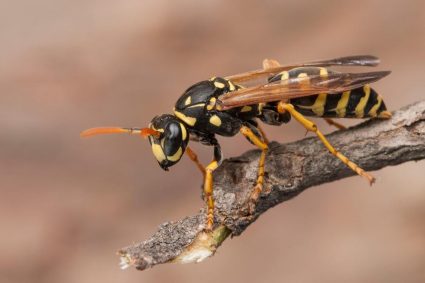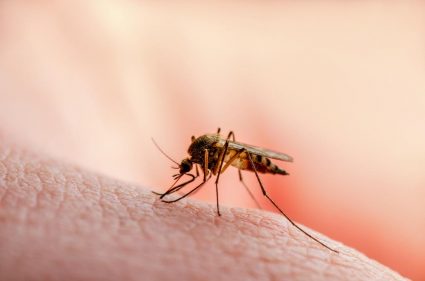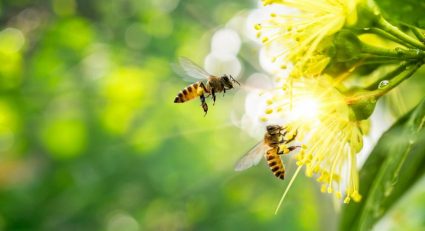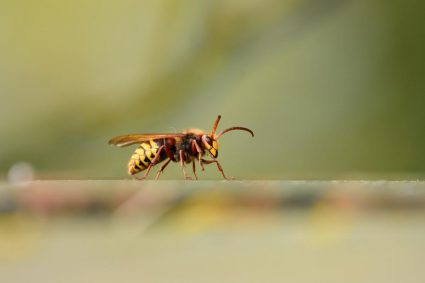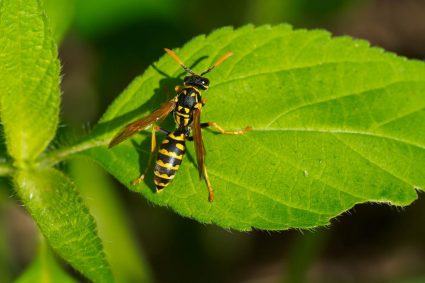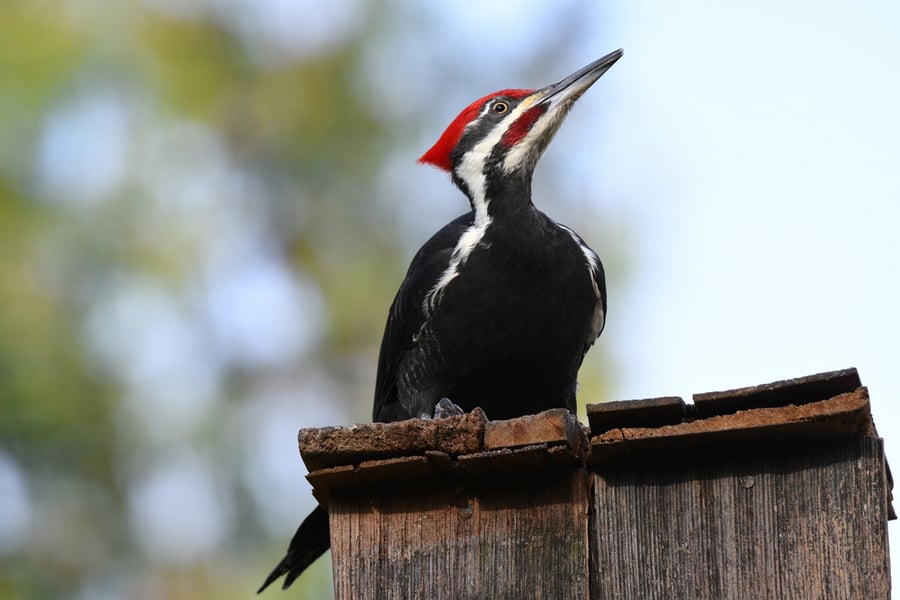
Any siding made from cedar is attractive to woodpeckers. They typically hammer away until they have made a large-enough hole.
But, the noise from all that perking can create a disturbance. Worst of all, the damages to your precious wood will take some bucks off your savings for repair.
This post will discuss why these annoying birds love cedar siding and simple ways to keep them at bay.
Woodpeckers enjoy perking at cedar siding to establish their territory, build a nest, and attract partners. If they won’t let your cedar siding be, here are some strategies to keep them away:
- Feed them suet cakesrew
- Use electronic woodpecker deterrents
- Try visual deterrents
- Build a birdhouse for the invading woodpeckers
Here are some woodpecker-deterring ideas. Please find out how to deploy them in the guide.
The rest of the guide will identify why woodpeckers love siding. Then, we will discuss eight practical ways to frighten them away from cedar sidings.
Why Do Woodpeckers Love Cedar Siding?

Woodpeckers love good home siding for many reasons. Sometimes, it is to establish and mark their territory or attract a partner.
If a woodpecker chooses your house as their territory, there may be trouble. The problem is that once they find a perfect location, woodpeckers can stay on for years or even generations.
When pecking a nest out of your siding, woodpeckers love to make the holes wide. This gives them more room to breed and store food.
Sometimes, woodpeckers peck holes only to find food, like juicy insects. If they suspect some insects are hiding in your siding, they will peck holes to get to them.
Now to the article’s meat — what to use against these problematic birds.
6 Best Deterrents To Use Against Woodpeckers
Woodpeckers target house corners for their holes and may nick your insulation without knowing.
So, any woodpecker noise demands urgent attention, no matter how light it sounds. But because these birds are protected under federal law, you can’t kill them without a special permit.
But not to worry, there are other ways to discourage woodpeckers from coming around. Here are our top picks:
1. Visual Deterrents

If you understand how woodpeckers operate, you will know that they do not like moving, shiny things. So, any reflective material. Whether CDs, repellant tapes, or balloons will scare these birds away.
These visual deterrents are often also decorative, so you don’t have to worry about your house looking funny. While homemade deterrents like broken mirrors and tin cans are cheaper, they may look like a mess.
But these items will also work if you don’t mind the look.
Using a visual deterrent is not a permanent strategy, as woodpeckers catch on quickly. Once they observe that the shiny deterrents do not move, they will figure out that it is safe to return.
So, for more efficient results, you should combine this strategy with other repellant methods we will discuss in this guide.
2. Electronic Woodpecker Deterrents
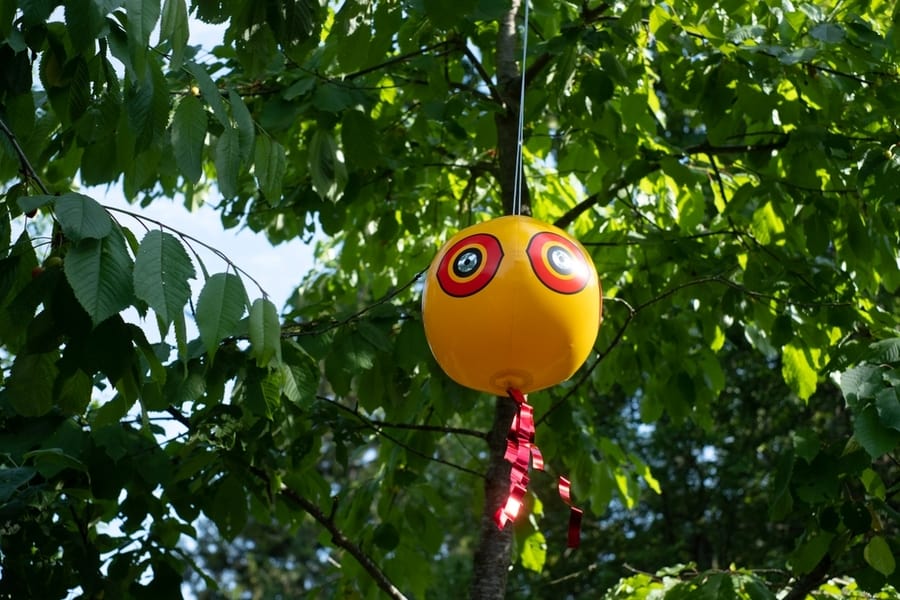
For some people, visual deterrents may be too loud and visible. If you belong to this category, you can try out the electronic deterrents instead. Electronic options are discreet and controlled.
Audio repellants, for instance, produce sounds like distress calls that scare woodpeckers away.
You can program the device to play the sounds over a specific period, usually when you notice bird activity. This can be at night while you sleep or early in the morning.
However, while this method may be very effective, the price of these electronic deterrents may be a drawback. Suppose you don’t mind what it will cost to get rid of these annoying birds in your home.
This strategy is an excellent option to add to your woodpecker-deterring arsenal. Trust me — the result is worth the cost.
3. Use Woodpecker Netting or Bird Spikes
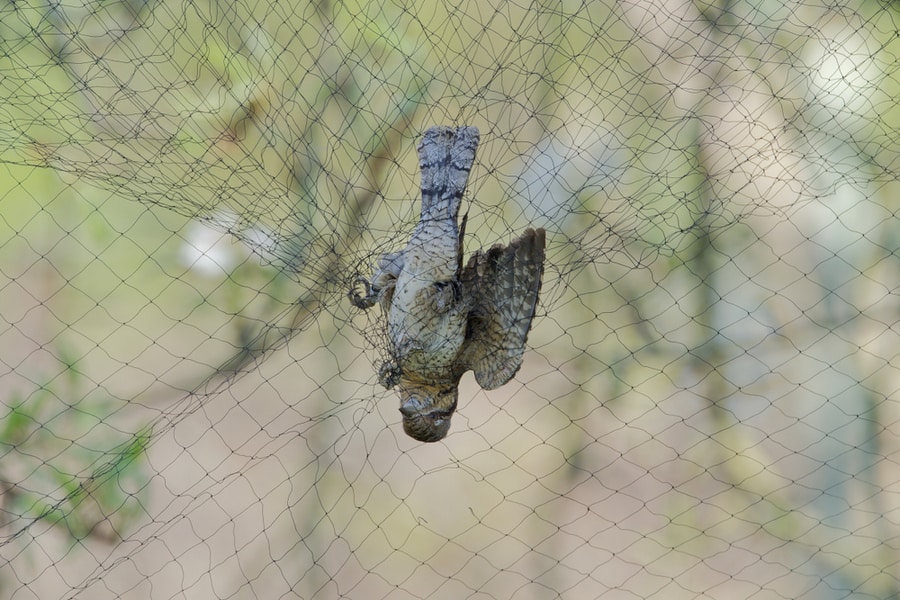
Creating a barrier using spikes or woodpecker netting can help keep these birds away from your house. Install the bird spikes over the affected surface and watch how the birds make a detour.
If you prefer netting, hang them at a small distance from your cedar siding. This creates a barrier preventing the birds from gaining access in the first place.
Using bird netting is a much safer option than using bird spikes that may harm the birds.
4. Feed Them Suet Cakes
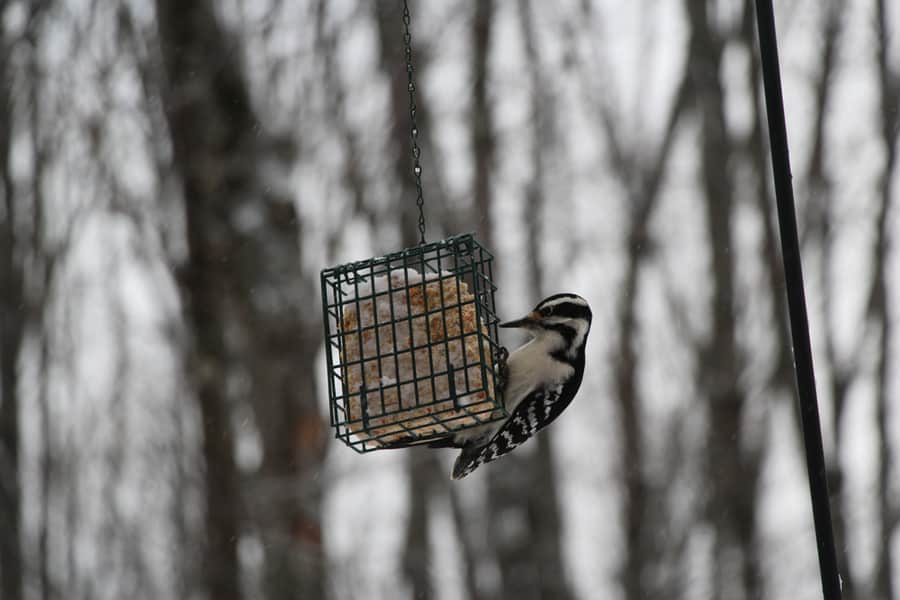
Woodpeckers love suet cakes, a combination of birdseed and animal fat formed into balls or hard cakes. You can get these cakes and a birdfeeder so the birds have a place to enjoy their feast.
Position these at a distance from your house to distract them from your cedar siding. Since woodpeckers come around searching for insects, giving them something else to eat solves the problem.
However, whether you buy or make the suet cake yourself, ensure it is designed specifically for woodpeckers.
Woodpeckers are picky eaters and will not eat food made for other birds. Add sunflower seeds, fruits, peanuts, and corn to your woodpecker suet mix. These are some things woodpeckers enjoy eating.
Feeding these birds keeps them satisfied, busy, and distracted from your cedar siding. Combining this strategy with other deterrent methods is best for excellent results.
5. Build a Bird House
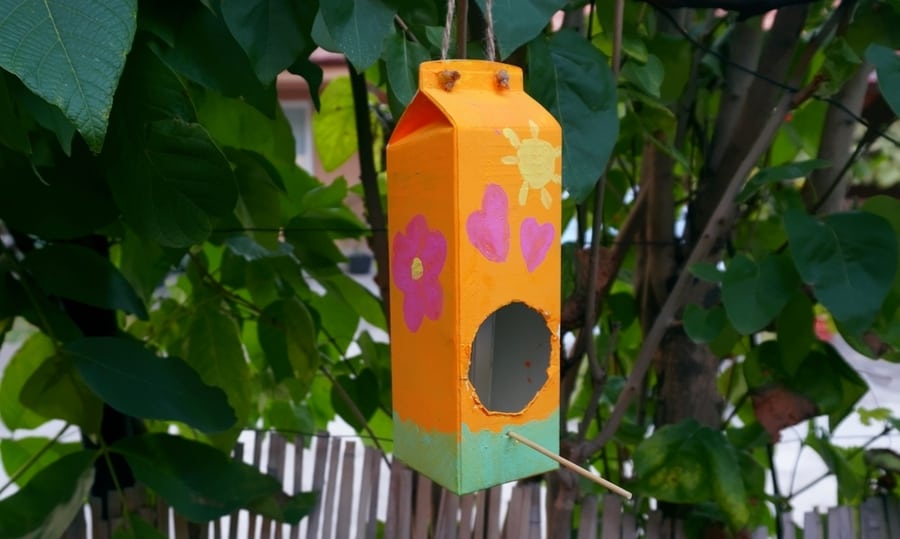
Remember that one of the reasons why woodpeckers perk is to create a nest. Building them a birdhouse may create an alternative accommodation and distract them from your home.
Come to think of it, building a birdhouse is one of the humane strategies you can use. That said, please be aware that it is not entirely foolproof.
Even if these birds have where to sleep, they will still hunt for food. As a result, they may come for the insects hiding in your siding, regardless.
Again, a birdhouse in your home may attract other unwanted birds. So, instead of dealing with one species, you may have more problems.
6. Try Liquid or Gel Repellants
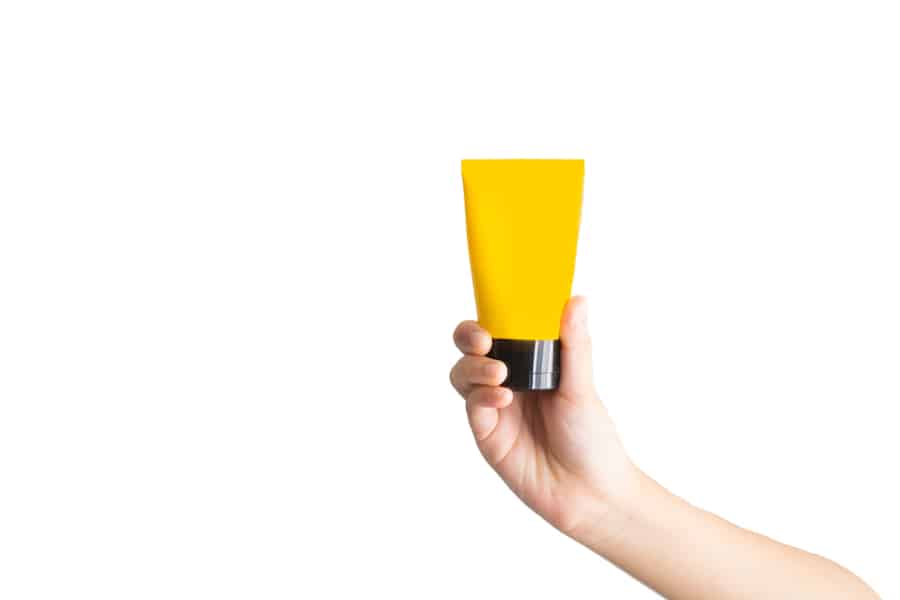
Another way to deter woodpeckers from your house is to use liquid repellants against them. Fortunately, this humane deterrent method will not harm troublesome birds like woodpeckers.
These liquid repellants contain a bitter chemical methyl-anthranilate, which gives off a strong odor that woodpeckers hate. If they peck on it and taste the bitterness, they will run in the opposite direction.
Apply these liquid or gel repellants generously on your cedar siding. As a plus, these repellants work on other birds, not just woodpeckers. You should consider this strategy if you are experiencing general bird attack problems.
Conclusion
Woodpeckers drumming in your house early in the morning is not a good sound to wake up hearing. But, with a few deterrents in place, you can go on to enjoy your sleep without any disturbance.
We suggested visual options and electronic repellants for keeping these birds away, among other strategies. Apply them and stick to one that works for you.
Frequently Asked Questions
Can Woodpecker Damage Be Repaired?
Repairs for woodpecker damage typically involve patching the holes with mesh, aluminum, or steel. But these come at a steep sot. Thus, the best option is to prevent the damage in the first place.
Do Woodpeckers Feed on Wood?
While woodpeckers may peck on wood, they do not eat it. Instead, they drill it in search of the food hidden inside.

